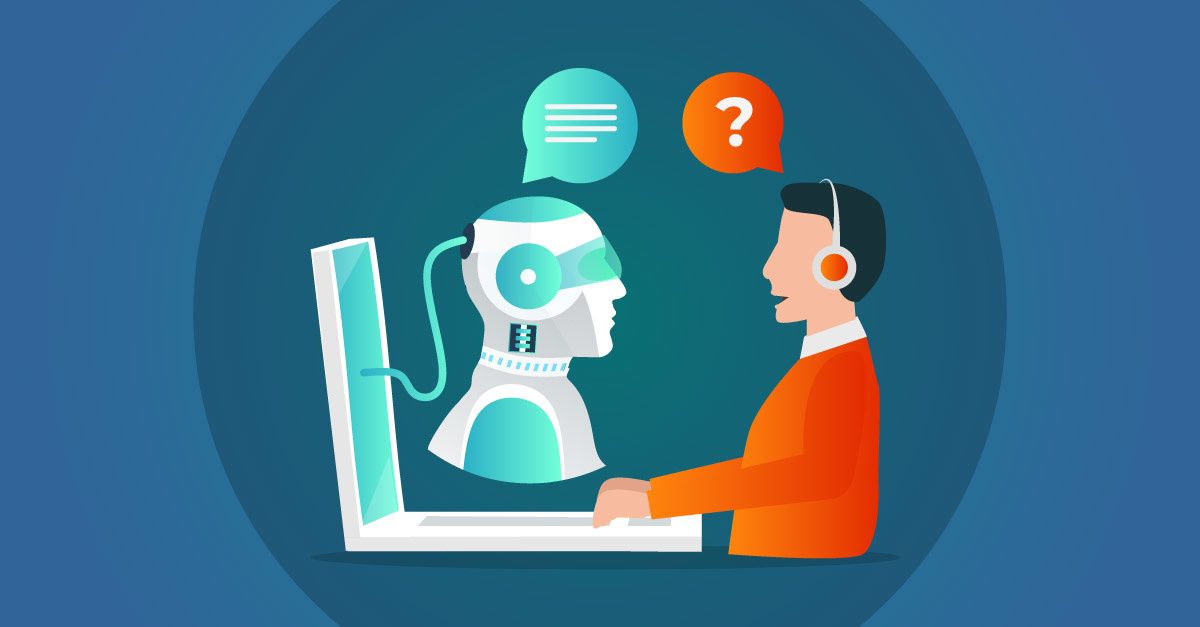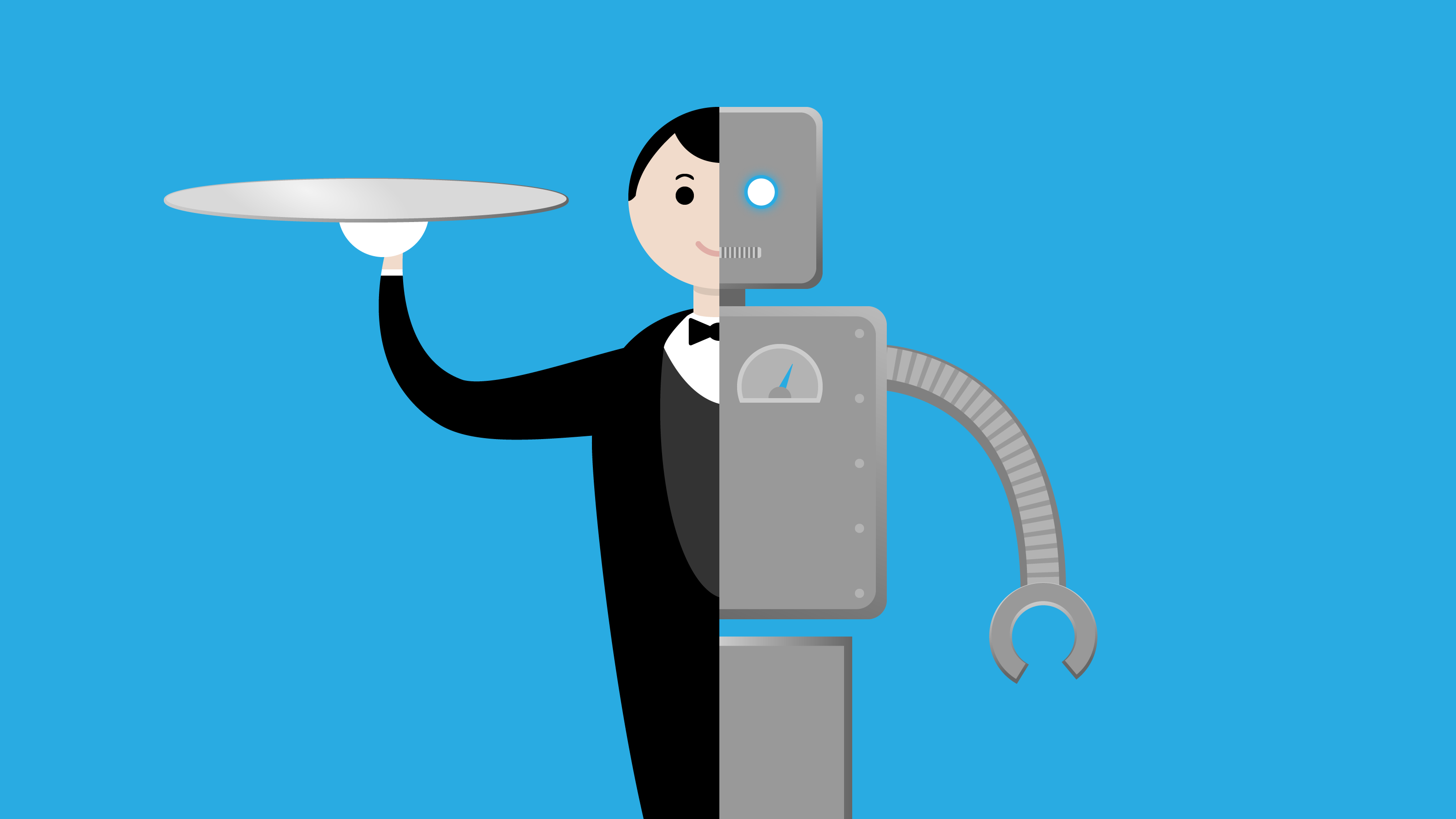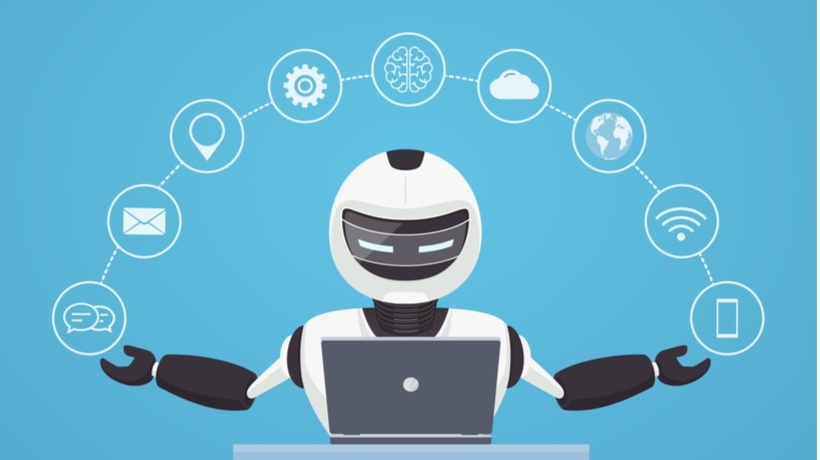Unsupervised Machine Learning: Finding Patterns in Data Without Labeled Examples
Exploring unsupervised machine learning and pattern recognition.
Author
EZ-AIUnsupervised Machine Learning: Finding Patterns in Data Without Labeled Examples
Introduction
Unsupervised machine learning is a type of machine learning that involves training algorithms to find patterns in data without the need for labeled examples. In other words, the algorithm is not given any specific instructions on what to look for in the data but instead must find patterns on its own.
In this article, we will explore what unsupervised machine learning is, how it differs from supervised learning, and the advancements being made in the field.
What is Unsupervised Learning in the Context of Artificial Intelligence?
It is a type of machine learning that is able to find patterns in data. This means that the algorithm is not given any specific instructions on what to look for in the data but instead must find patterns on its own.
It is used in a wide range of applications, including anomaly detection, clustering, and dimensionality reduction.
For example, in anomaly detection, it can be used to identify data points that are significantly different from the rest of the data. This can be useful in detecting fraud or identifying errors.
In clustering, it can be used to group similar data points together based on their characteristics which can be useful in grouping customers based on their purchasing behavior or grouping images based on their visual features.
How Does Unsupervised Learning Differ from Supervised Learning in AI Training?
Supervised learning involves training algorithms using labeled examples where the desired output is known. The algorithm is trained to predict the output based on the input data.
In contrast, unsupervised learning involves training algorithms without labeled examples, where the algorithm must find patterns on its own. This means that it is more exploratory in nature, as the algorithm is not given any specific instructions on what to look for in the data.
What Advancements are Being Made in the Field of Unsupervised Learning in AI, and How Might They Shape the Future of the Technology?
Advancements are being made in a wide range of areas, including deep learning, reinforcement learning, and generative models. Deep learning involves training neural networks with multiple layers to learn complex representations of data.
Reinforcement learning involves training agents to learn from their environment through trial and error. Generative models involve training algorithms to generate new data that is similar to the training data.
For example, deep learning can be used to pre-train neural networks on large amounts of unlabeled data, which can then be fine-tuned on smaller labeled datasets. This can improve the performance of the neural network on the labeled dataset.
In reinforcement learning, it can be used to learn the value function of the environment, which can then be used to guide the agent's actions.
In generative models, unsupervised learning can be used to generate new data that is similar to the training data, which can be useful in data augmentation and data synthesis.
These advancements are shaping the future of AI technology by enabling machines to learn and adapt to new situations without human intervention. They are also enabling machines to generate new data and make predictions based on that data. This has the potential to revolutionize a wide range of industries, from healthcare to finance to manufacturing.
If you want to know more about this topic, check out this article.
Conclusion
Unsupervised machine learning is a type of machine learning that involves training algorithms to find patterns in data without the need for labeled examples. It differs from supervised learning in that the algorithm must find patterns on its own without any specific instructions.
Advancements in unsupervised learning are being made in a wide range of areas, including deep learning, reinforcement learning, and generative models. These advancements are shaping the future of AI technology by enabling machines to learn and adapt to new situations without human intervention and by generating new data and making predictions based on that data.
FAQs
What are some real-world applications of unsupervised machine learning?
It has a wide range of real-world applications, from fraud detection and anomaly detection to clustering and dimensionality reduction. It is used in healthcare to identify disease patterns, in finance to detect fraudulent transactions, and in marketing to segment customers based on their behavior.
What are some potential challenges associated with unsupervised machine learning?
One potential challenge associated with unsupervised machine learning is the difficulty in evaluating the performance of the algorithm, as there are no labeled examples to compare the results to. Another challenge is the potential for the algorithm to find spurious patterns in the data, which may not be useful or relevant. Additionally, unsupervised machine learning may require large amounts of data to be effective, which can be a challenge in some applications.
What are some common techniques used in unsupervised machine learning?
Some common techniques used in unsupervised machine learning include clustering, anomaly detection, and dimensionality reduction. Clustering involves grouping similar data points together based on their characteristics. Anomaly detection involves identifying data points that are significantly different from the rest of the data. Dimensionality reduction involves reducing the number of features in the data while preserving the important information.



